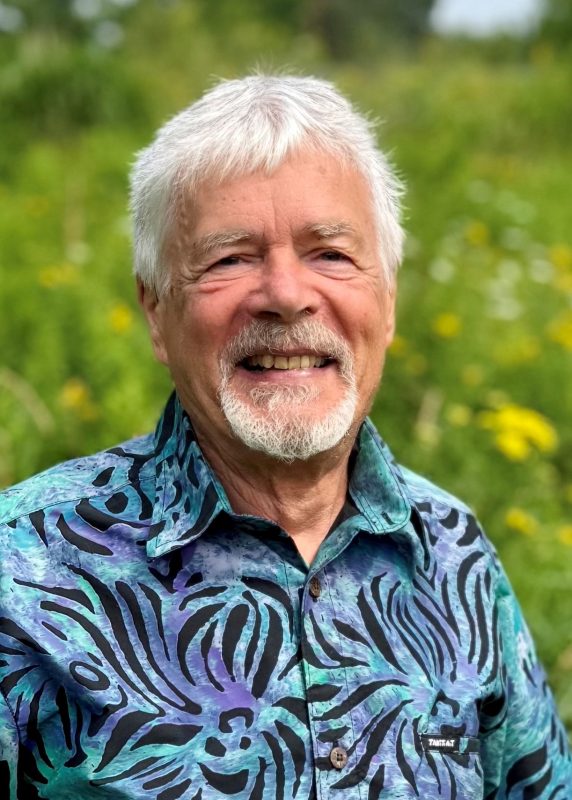Sustainability and Our Growing Population.
By Peter Sale | November 8, 2025

Muskoka’s population is growing about 1.2% per year. That sounds pretty slow, but it means that we can expect the District of Muskoka to contain 99,100 permanent residents by 2051. That’s a 44% increase over the numbers in 2021. And that means an equivalent 44% increase in housing. Our seasonal population is more difficult to assess. It is larger (about 81,500 people) but growing more slowly.
Our growth has little to do with local birth rates. Migration from elsewhere in Ontario by mid-career or retired people accounts for nearly all our growth. Often, these people start out as seasonal residents and then become permanent. Our population is noticeably older than those elsewhere in Ontario.
If we want to sustain our magnificent natural environment – the reason most people choose to live here – we must plan for this 44% growth by 2051.
The good news is there is plenty of room to accommodate more people in this region. But where those houses, townhouses and condos are located and how they are constructed will have major environmental consequences. To understand some of the issues involved, we need to ask, “How much natural environment do we need to retain in order to sustain the functioning of our environment?” and “Where and how should this retained natural environment be distributed?”
In posing these questions, I am challenging two widely held assumptions: Anyone owning a large parcel of land should be able to subdivide to create building lots, and the job of municipal governments is to wait for developers to propose construction projects on land the developers choose rather than to plan particular types of development in particular places and seek developers interested in undertaking those projects. (I know our municipal leaders are not quite this passive!)
Municipal Official Plans are one way in which municipal governments plan for new development. But we should ask more complex questions than have been asked in the past when revising Official Plans. To answer the ‘how much’ and ‘where’ questions properly, we must ensure that the functioning of our watershed ecosystems is not diminished by planned growth. For example, we have lots of forested land, some private, some crown land. How much of that forest do our watersheds need? Does it matter where the forest patches are located, how big they are, or how they are interconnected?
We must also ask how much forest can be destroyed without diminishing our quality of life. Could we retain that special Muskoka experience with a single, centrally located forest ringed by settlement? Maybe, with a few specimen trees per lot, we could replace forests entirely?
There are other less ecological goals: We should be encouraging energy-efficient housing using less flammable building products than vinyl siding. We badly need affordable housing. With our notably older population, we could lead in planning for new forms of senior housing that encourage aging in your home and keeping seniors connected to an age-diverse community. And we should do all we can to ensure that new housing adds to that special Muskoka ambience – we do not want to become Barrie North.
I cannot tell you how much forest our watersheds need to continue functioning sustainably. Nor do I know if the amount of forest needed will change as climate continues to warm. What I can say is that these relationships are important for sustainable ecological functioning and if we allow development to occur without proper attention to these ecological questions, we will discover the hard way that we have destroyed essential natural habitat.
How can we give proper attention? By monitoring the status of our environment and the effects of development on that status, and by using the results in making development decisions. That takes time, skill, and a long-term effort within a watershed-wide, integrated management program.

This article is No. 21 in MWC’s current series – Living Smarter in Muskoka. Its author and the editor for the series is Dr. Peter Sale, retired ecologist, Muskoka resident since 2006, and someone who firmly believes our environment is at least as important as us and our economy. He is Director and past Chair of MWC.
First published by MuskokaRegion.com
